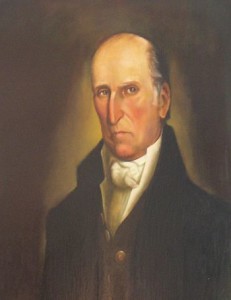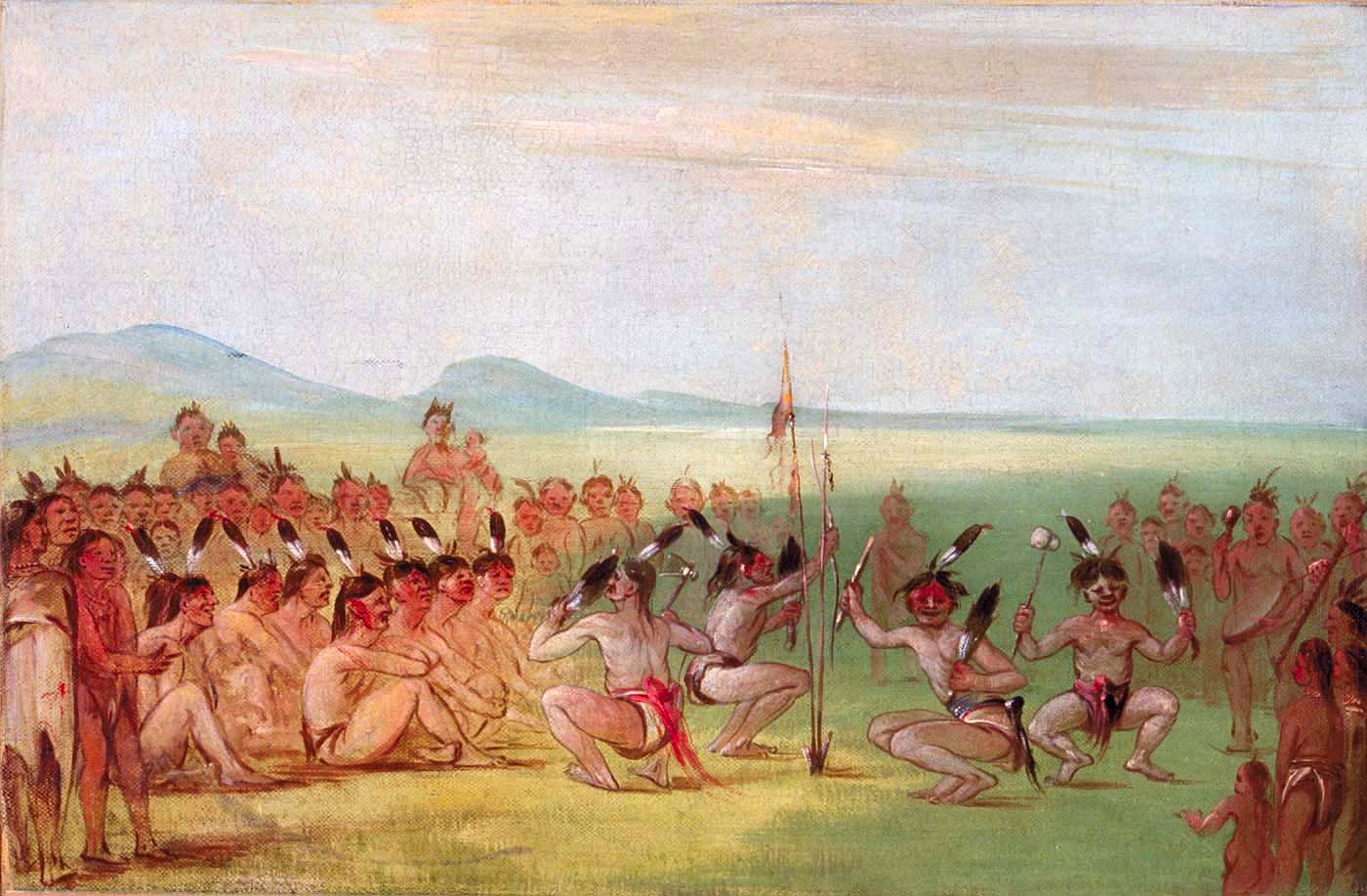What is the Treaty of Hopewell?
 November 28, 1785 — The first Treaty of Hopewell was signed today between U.S. representatives Benjamin Hawkins, Andrew Pickens (pictured right), and Joseph Martin and members of the Cherokee People.
November 28, 1785 — The first Treaty of Hopewell was signed today between U.S. representatives Benjamin Hawkins, Andrew Pickens (pictured right), and Joseph Martin and members of the Cherokee People.
Signed at Hopewell Plantation, the treaty laid out a western boundary for American settlement. The treaty gave rise to the sardonic Cherokee phrase of Talking Leaves, since they claimed that when the treaties no longer suited the Americans, they would blow away like talking leaves.
Included in the signatures of the Cherokee delegation were several from leaders of the Chickamauga/Lower Cherokee, including two from the town of Chickamauga itself and one from Lookout Mountain Town.
The Cherokee complained at the treaty that some 3,000 white settlers of the de facto State of Franklin were already squatting on the Cherokee side of the agreed line, between the Holston and French Broad Rivers, and they continued to dispute that region until a new border was defined by the 1791 Treaty of Holston.
Sources
Words of Wisdom
What did the Treaty of Hopewell accomplish?
1. Indians to restore prisoners (who are U.S. citizens or their allies), slaves, and property.
2. Cherokees acknowledge protection provided by the United States.
3. Boundaries defined.
4. No citizen of United States shall settle on Indian lands and Indians may punish violators as they please.
5. Indians to deliver criminals who commit robbery, murder, or capital crimes.
6. Citizens of United States committing crimes against Indians to be punished.
7. Retaliation restrained.
8. United States to regulate trade.
9. Special provision for trade.
10. Cherokees to give notice of any known designs against United States by tribes or any person.
11. Peace and friendship perpetual.





